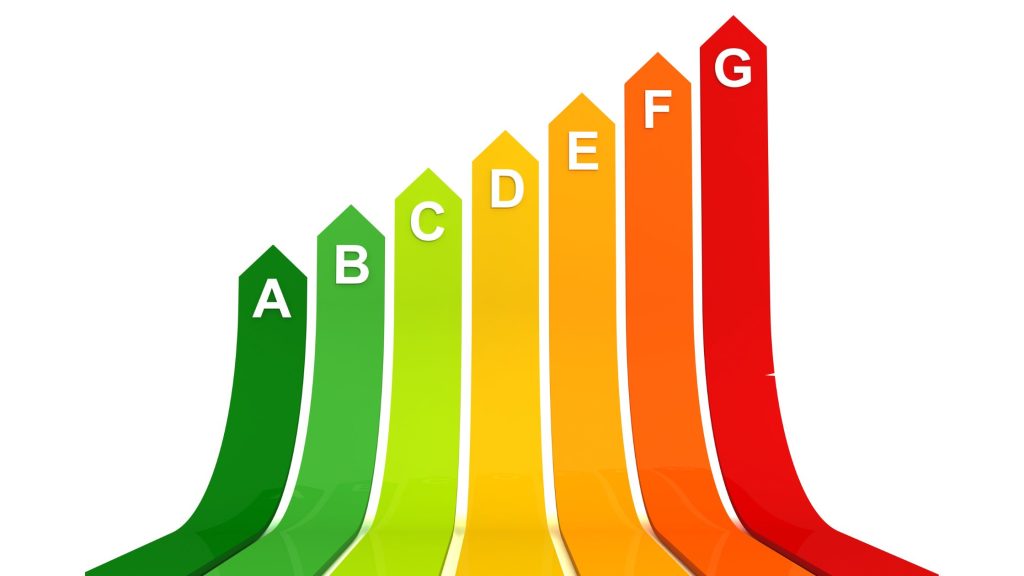Understanding exactly how satisfied your customers are is crucial for delivering excellence and fueling business growth. Customer Satisfaction (CSAT) scores provide actionable data on sentiment. To effectively analyze and interpret CSAT data, one of the most powerful tools at your disposal is the CSAT score bar chart.
This extensive guide provides everything you need to:
- Set up an effective system for gathering insightful CSAT data
- Construct visually striking CSAT score bar charts in Excel
- Interpret bar chart patterns to boost satisfaction across customer segments
- Use CSAT metrics as a driver for reaching wider strategic goals
CSAT Score and Its Importance
Customer Satisfaction (CSAT) scores are numerical values that indicate the level of satisfaction customers have with a company’s products or services. Typically expressed as a percentage, CSAT scores are derived from customer feedback surveys. Respondents rate their satisfaction based on a 1-10 or 1-5 scale Likert scale. These scores serve as a direct indicator of how well a business meets its customers’ expectations.
As an easily quantifiable indicator of customer happiness, the CSAT score offers invaluable benefits:
- Provides an objective metric for the subjective emotional state of satisfaction
- Surfaces pain points disrupting experiences to address systematically
- Enables support for wider business strategy goals and initiatives
- Motivates teams by connecting work to customer sentiment outcomes
- Allows optimization of conversion funnels for each micro-segment
- Quantifies the impact of changes to digital platforms or physical touchpoints
- Defines clear benchmarks to orient efforts around
Monitoring CSAT over time is key for continuously improving and adapting. When visualized through bar charts, insights emerge even faster.

Choosing Bar Charts for Optimal Analysis of Satisfaction Data
Bar charts present CSAT data for defined groups through vertical bars of differing lengths proportional to the values they represent. This allows easy visual comparison both across groups as well as over time.
Key advantages of using bar charts for CSAT analysis include:
- The height of the bars immediately shows satisfaction levels
- Data patterns allow quick identification of high and low areas
- Visual format suited for contrasting data categories
- Great flexibility through simple design changes like colors
- Ability to spot rising or declining trends in satisfaction
- Simplifies presenting findings to executives
Bar charts also integrate well with other graphics to enrich analysis. For example, combo charts overlay bars with lines to highlight trends, while heat maps use color coding to indicate differences.
Best Practices for Collecting Reliable CSAT Score
Like any metrics system, the quality of your bar chart visualization relies entirely on the accuracy of underlying data. Follow these guidelines for CSAT surveys:
1. Ask Relevant Questions Aligned to Key Customer Journeys
Target specific transactions like purchases, customer service issues, or onboarding flows with focused questions like:
- How satisfied were you with making a return online?
- How likely are you to recommend our customer service to colleagues?
2. Survey Soon After the Interaction
Promptly capturing sentiment ensures recollection accuracy and representative scores. Automating triggers help, like emailing a 5-question CSAT survey after chat support sessions.
3. Ensure a Large Enough Sample Size
Gather sufficient responses within set periods to make analysis statistically trustworthy, free of small number bias. For example, if you sell 50k products annually, aim for at least 400 monthly CSAT responses.
4. Standardize Rating Scale and Parameters
Using a uniform 1-5 or 1-10 rating approach enables data consistency across survey responses for reliable bar charting and monitoring over longer durations.
Step-by-Step Guide to Building CSAT Bar Charts in Excel
With accurate CSAT data gathered through well-designed surveys, translating numbers into visualizations is straightforward in Excel using these steps:
1. Structure Data in a Table Format
Set up categories in columns for key groupings like products, customer segments, and regions. Enter corresponding CSAT percentages against each relevant category in subsequent rows.
2. Create a Bar Chart Object
Select the entire data table then navigate to the “Insert” tab and click on the Bar Chart option to instantly convert values into bars.
3. Edit Visual Parameters for Clarity
Enhance visual elements through the formatting pane for the greatest insight:
- Display percentages on Y-axis
- Set min/max on axis to 0-100% range
- Show data labels atop bars
- Adjust colors, widths, or designs
4. Add Supporting Chart Elements
Supplementary info like performance targets, averages, or metadata further enrich analysis:
- Reference lines indicate quality goalposts
- Data labels naming categories
- Dynamic update dates

Interpreting CSAT Score Bar Chart Patterns to Continuously Improve
Once constructed, CSAT bar charts enable deriving intelligence to optimize customer satisfaction across business activities through:
A. Identify Areas for Improvement
Shorter bars pinpoint products, services, or touchpoints driving lower satisfaction. Probe survey responses and frontline teams to understand pain point roots in these priority zones. Address through personalized engagement tactics.
For example, self-service password resets showing just 65% CSAT indicate difficulty navigating the help site section. Invest in enhancing site search and architecture.
B. Recognize Trends and Their Causes
Assess charts over sequential periods to catch rising or declining trajectories. If satisfaction with shipping accuracy drops for a customer cohort, what changes occurred there? Modify appropriately by tweaking related processes.
C. Set Goals and Benchmark Performance
Define category-specific CSAT targets, allowing instant progress tracking. For example, stipulate region-wise goals: APAC – 85% satisfied, Europe – 80%, Americas – 75%. Now directionally steer resources to sustain high performers while closing gaps.
D. Quantify Business and CX Strategy Impacts
Tie overarching corporate or customer experience objectives directly to CSAT through measurement. If a digitization push aimed at reducing inbound call volume spurs a 10% CSAT rise, validate hybrid engagement efficacy.
Make CSAT Bar Charts Part of Your Management Rituals
Monitoring CSAT bar charts over the long term and responding with agility is crucial for embedding customer centricity across the organization. Consider making it part of routine performance management through:
- Monthly reviews of the latest chart patterns by leadership committees
- Using insights to shape strategic roadmaps and budgets
- Displaying visualization year-round in prominent offices
- Celebrating wins when goals are exceeded sustainably
Committing to up-leveling customer satisfaction – no matter how good it already is – powers loyalty. With CSAT bar charts in your analytics toolkit, data becomes your compass guiding the path to exceptional experiences.
Frequently Asked Questions
1. What is a CSAT score, and why is it important?
CSAT stands for Customer Satisfaction. It is a metric that measures customer satisfaction with a company’s products or services. CSAT scores are crucial for understanding customer sentiment and areas for improvement.
2. Why use bar charts for CSAT score visualization?
Bar charts are highly effective for visualizing CSAT data because they provide a clear representation of satisfaction levels for different categories or groups, facilitating comparisons and trend recognition.
3. How can I create CSAT bar charts?
To create CSAT bar charts, gather accurate CSAT data, select appropriate categories or groups for analysis, and design the chart with an X-axis representing categories and a Y-axis representing CSAT scores.
4. What benefits do CSAT bar charts offer businesses?
CSAT bar charts offer clarity in presenting data, actionable insights for improvement, effective communication with stakeholders, and the ability to systematically track progress in enhancing customer satisfaction.
5. How can businesses use the CSAT score bar chart to improve customer satisfaction?
By regularly monitoring the CSAT score bar chart, businesses can identify areas with lower satisfaction scores, investigate root causes, and implement strategies to enhance customer experiences and satisfaction.
So are you ready to begin visualizing what your customers are telling you? Construct your CSAT bar chart now and unlock fresh opportunities to grow happiness and business value.



